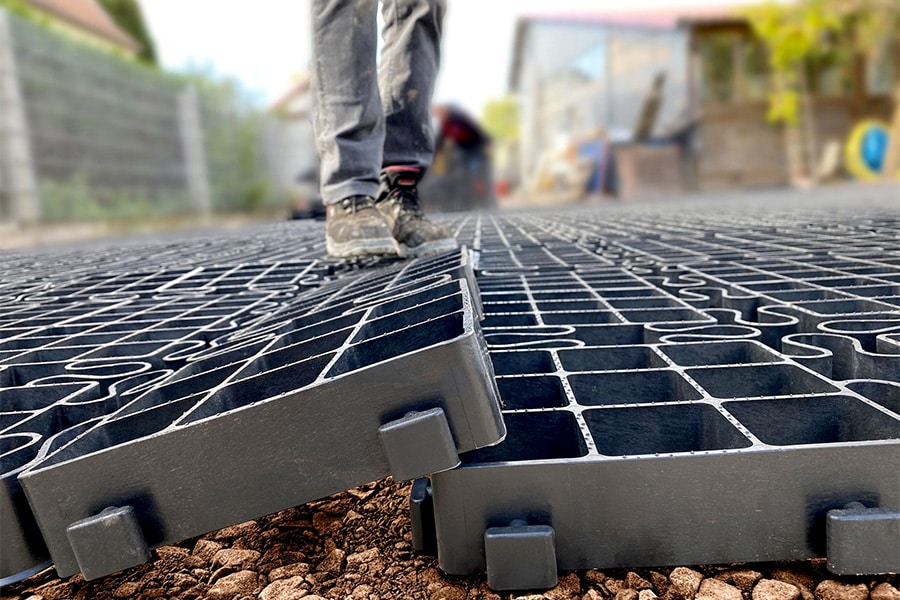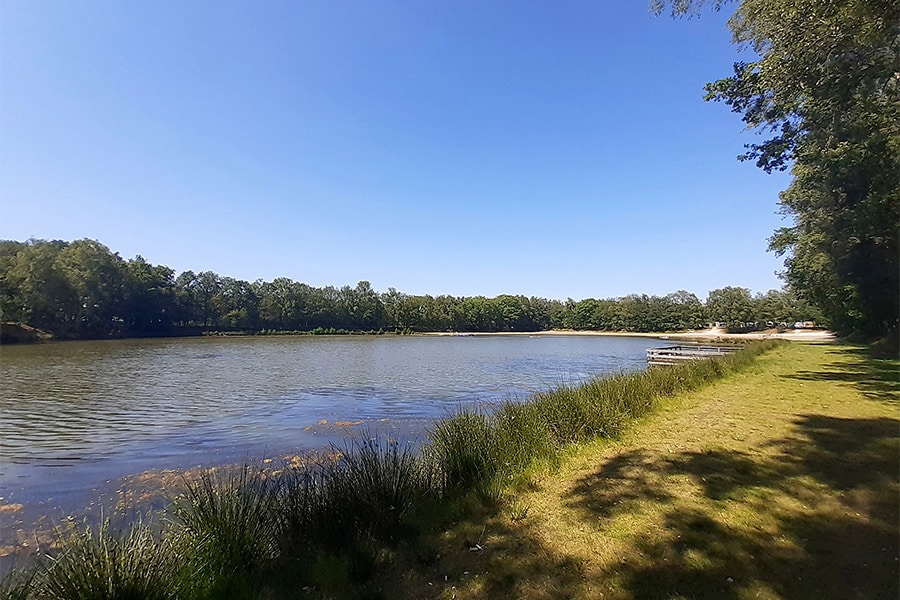
Data rate
In today's digital age, there is an increasing need for accurate data, large amounts of data and the growing demand for processing that data as quickly as possible. Land measurements, laser scans, robots collecting data, driving cars with expensive measuring equipment and satellite data, makes the flow of data very large. SmallToGo provides innovative GIS solutions to process data efficiently.
The demand to make data available to different departments within organizations as quickly as possible poses several challenges, Danny van Hooren of SmallToGo knows. "For example: what is the quality of the data; the accuracy of geographic data, the completeness and correctness of the data itself?"
Time is relative
Data collection is often so fast that processing still lags, Van Hooren notes. "This contradicts the desire to process and use data in real time. But what is real-time? Time is relative so is the concept of real-time. In some cases, processing data within 1 millisecond is necessary, while in a GIS application processing data within a time of 5 minutes is already real-time. Here we are talking about a difference of 300,000 times in speed! So real-time is an elastic concept and depends on the situation in which the concept is applied."
Tablet
Energy companies, housing corporations and road construction companies, among others, want to have data as quickly as possible in order to adjust their projects and internal work processes accordingly. But how do you get that done? Van Hooren explains: "Architecture, cost and functionality largely determine which methodologies will be applied for data processing. Since data collection in many cases takes place off-site, a tablet or mobile device quickly emerges as a tool."

Secure connection
"Collecting data and delivering it to the back office side requires an Internet connection. And that connection in turn needs to be fast, stable and secure," Van Hooren acknowledges. "Servers will store and prepare the data for the various departments within an organization. In that preparation, data quality and data enrichment processes run. Usually another sampling takes place to ensure quality. So between collecting the data and making it available, several minutes may pass. This is already considered real-time in GIS systems."
Different processes within an organization often run in parallel. "For example, a data quality check can take place on the work coming in from the field service and at the same time the asset management department can enrich the data," Van Hooren explains. "All those processes together ensure that, for example, the financial planning department gets the most accurate picture possible of the status of the data. In turn, the breakdown and maintenance department can act quickly when problems are identified." SmallToGo has had experience in GIS systems since 1996, providing solutions for very simple to highly complex challenges.



